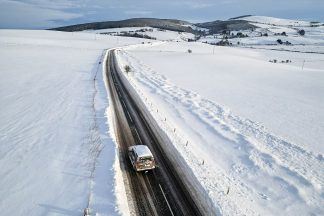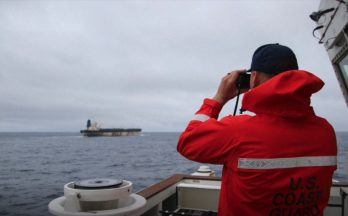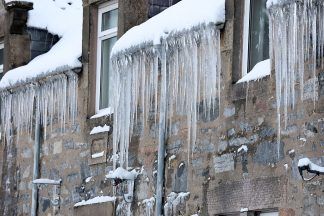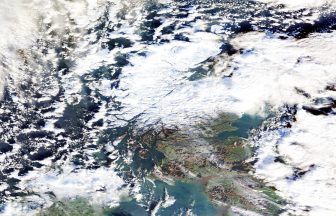A “whirlwind” relative, a “quick-as-lightning” goalkeeper and a daughter who “leaves a trail of destruction” feature in a new list of storm names.
More than 10,000 suggestions were submitted to the Met Office for the list of names for the strongest weather systems to hit the UK, Ireland and the Netherlands over the coming year.
The first storm of the year, which runs from September 2021 to the end of August 2022, will be called Arwen, a name thought to be of Welsh origin and popularised by JRR Tolkien’s Lord Of The Rings books.
Kim, Logan, Ruby and Dudley are among the names put forward by the UK public and selected by the Met Office, along with Met Eireann and Dutch national weather forecasting service the Royal Netherlands Meteorological Institute (KNMI).
A Met Office spokesman said Kim was nominated in recognition of a “whirlwind” relative and a self-confessed weather watcher, while Logan, a name of Scottish origin, was nominated by several parents and grandparents, including a mention of a grandson who “runs through the house like a tornado” and another who is “as quick as lightning” when playing as a goalkeeper.
Ruby made the final cut after being nominated by a pet owner whose cat “comes in and acts like a storm” and a parent whose daughter “leaves a trail of destruction” when she enters the house.
Dudley topped a Twitter poll after being submitted by a couple who will share it as a last name when they get married in 2022.
Other names on the list – which does not use names beginning with Q, U, X, Y or Z – include Barra, Corrie, Eunice, Franklin, Gladys, Herman, Imani, Jack, Meabh, Nasim, Olwen, Pol, Sean, Tineke, Vergil and Willemien.
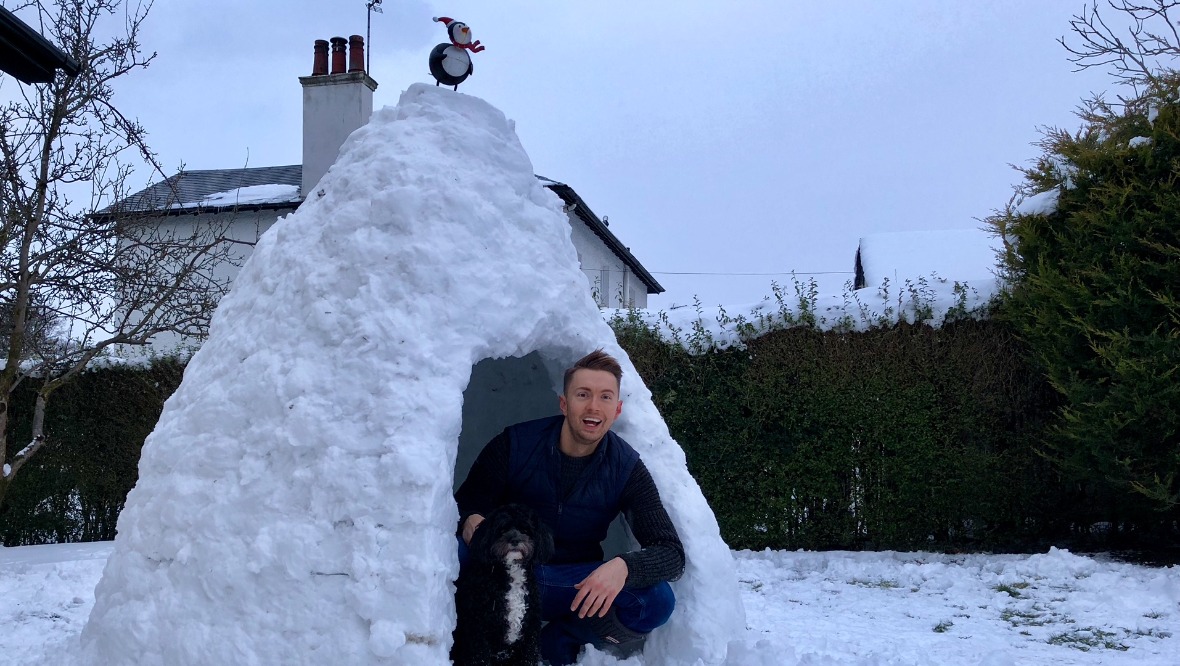 STV News
STV NewsStorm Sean
STV meterologist Sean Batty said he was “thrilled” his name featured on the list, but hoped a Storm Sean wouldn’t hit the UK.
“In 2010 Australia named one of their cyclones Sean, and in 2011 the American’s named one of their Atlantic storms Sean, and now our very own ‘Sean’ may be on the way in 2022,” he said.
“I’m thrilled that ‘Sean’ is on this season’s list and it’d be a dream to be out doing the weather in it while huge waves crashed onto the beach.
“But putting my professional hat on, I hope we don’t get all the way to the letter ‘S’.
“That would be the 18th storm of the season (because Q is missed out), so would need to be a very bad storm season – and nobody wants that, not even all the Sean’s out there.
“Our busiest season so far was the first year we started naming them in 2015/16, but even then we only got to the letter ‘K’.”
Why are storms named?
The naming of storms aims to raise awareness of the potential impact of severe weather events and help people to stay safe and protect themselves and their property before the storm arrives.
Storms will be named when they are deemed to cause medium or high impacts from strong winds, rain or snow.
The 2020-21 storm season saw the UK hit by five Met Office named storms, with the latest – Storm Evert – sweeping across southern areas of England and Wales at the end of July, bringing gusty winds and some persistent rain, after the UK’s joint fifth warmest July on record.
In Europe, heavy rainfall in July led to severe flooding in Germany, Belgium, the Netherlands and Luxembourg.
The floods caused at least 184 deaths in Germany and 38 in Belgium and caused devastation to homes, roads, railway lines and businesses.
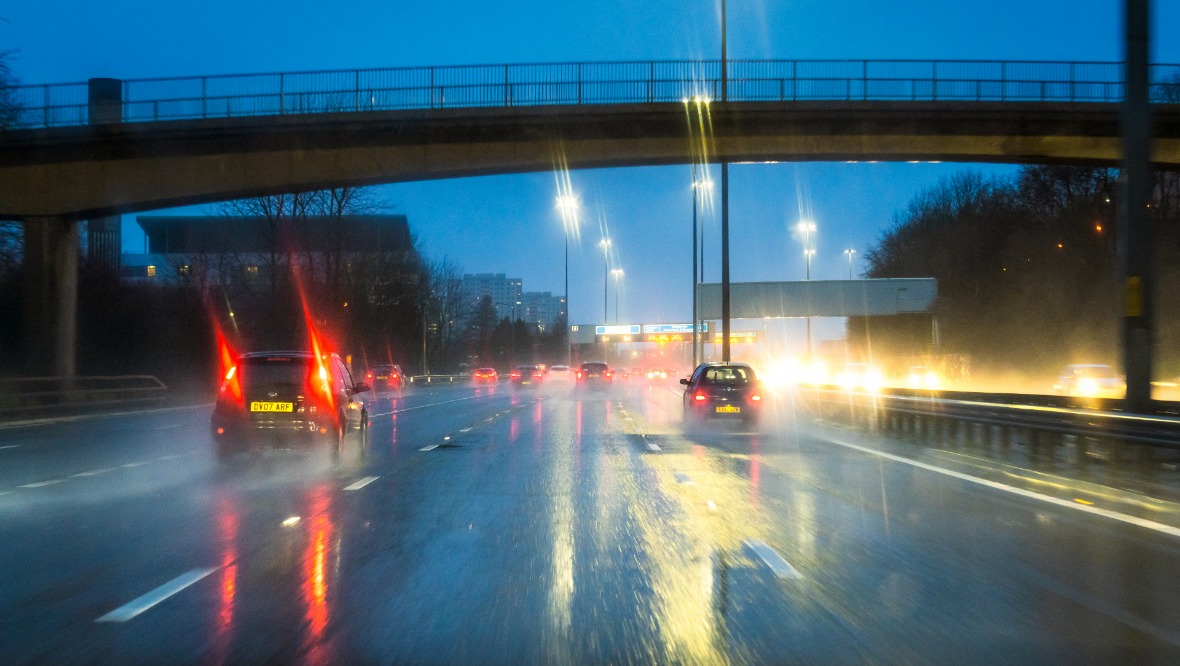 iStock
iStockFollow STV News on WhatsApp
Scan the QR code on your mobile device for all the latest news from around the country


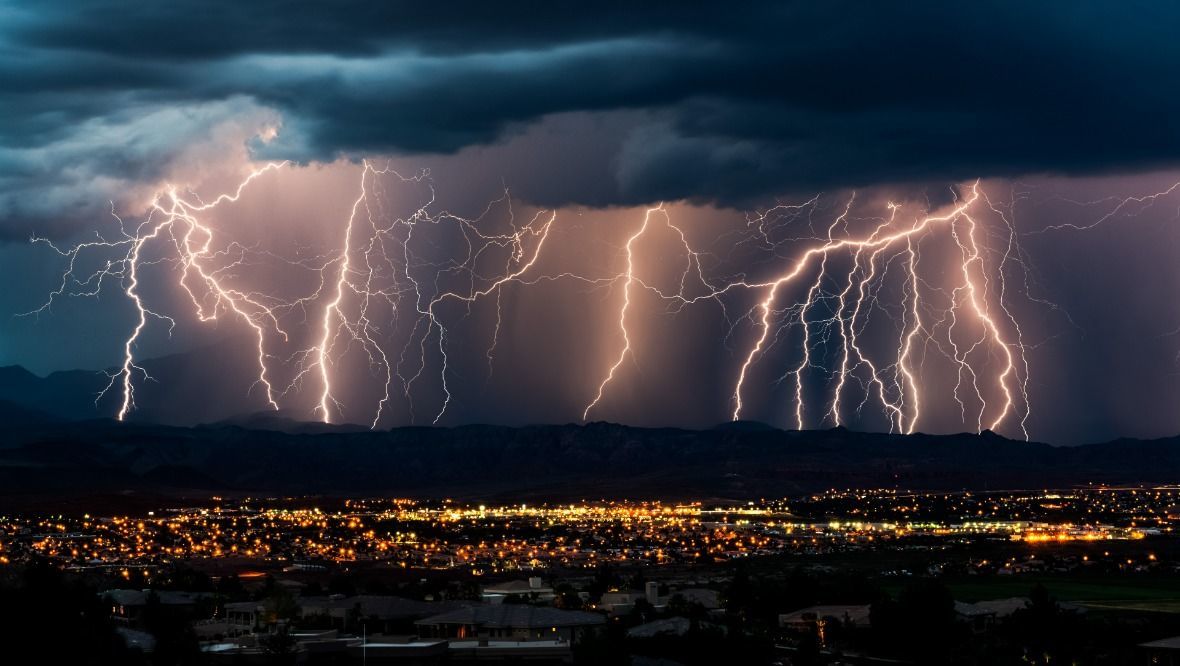 iStock
iStock

